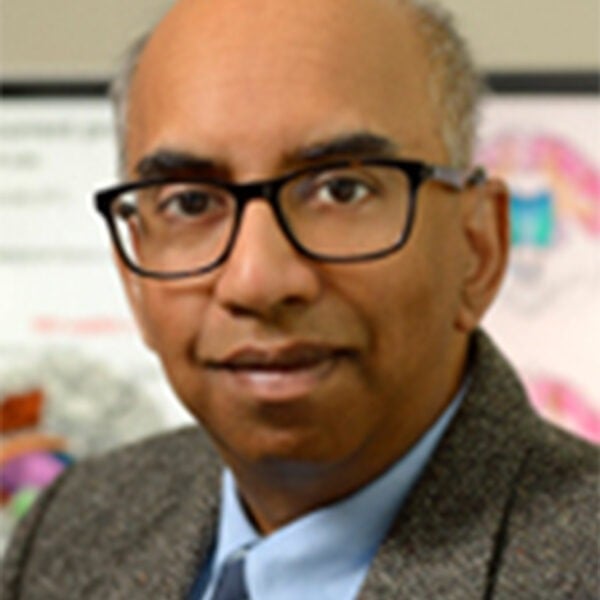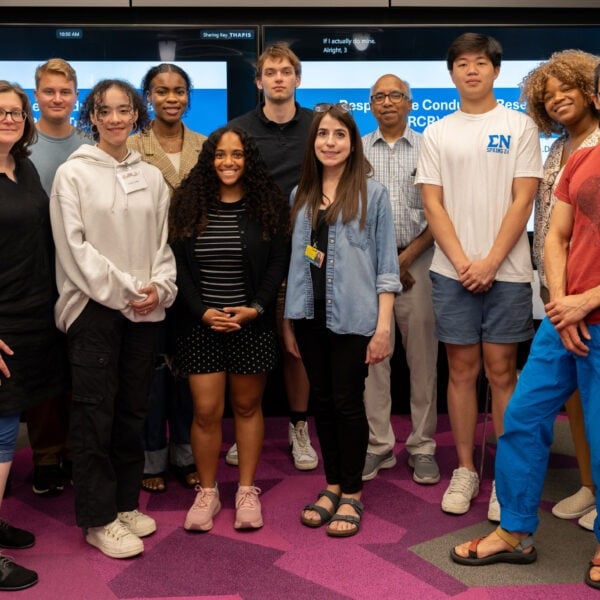Research Interests
My research focus is on the analysis of brain structures which include hippocampus, cingulate gyrus, planum temporale, superior temporal gyrus, and the auditory and prefrontal cortexes. These structures are implicated in neuropsychiatric and neurodevelopmental disorders such as schizophrenia, Alzheimer’s, epilepsy, major depression, speech and language processing.
Other interests include the physiological fluid mechanics of the cochlear outer hair cell, the study of nonlinear partial differential equations (e.g. EPDiff in Computational Anatomy, Webster’s Equation in bioacoustics, boundary layer separation in physiological flows), and continuing education via online web courses in applied mathematics.
Examples of Research Questions
- How different is the shape of the hippocampus in the adolescent female with a risk for depression?
- How can schizophrenia affect thinning in the planum temporale?
- How can demyelination affect connectivity between structures in the brain?
- How can stress affect the cochlear outer hair cell wall and thus the cochlea?
- is it possible to examine how the deafened brain functions with hearing aids?
- How do we limit the number of CT scans a child undergoes?
- Can MR scans be used to predict outcomes in cochlear implantation?
- Which part of the left ventricle is affected in sudden cardiac death?
Titles
- Associate Research Professor, Biomedical Engineering
Affiliated Centers & Institutes
Education
- D.Phil., Mathematical Sciences, University of Oxford, 1989
- B.Sc., Mathematics, University College London, 1985
Recent Highlights
-
May 17, 2023Tilak Ratnanather, associate research professor of biomedical engineering, was chosen to receive a 2023 Diversity Recognition Award from the Johns Hopkins Diversity Leadership Council.
-
February 21, 2022Three members from the Johns Hopkins Department of Biomedical Engineering have been elected to the American Institute for Medical and Biological Engineering's College of Fellows.
-
July 27, 2018Tilak Ratnanather, associate research professor of biomedical engineering, is on a mission to bring more deaf and hard-of-hearing students in STEM fields.


